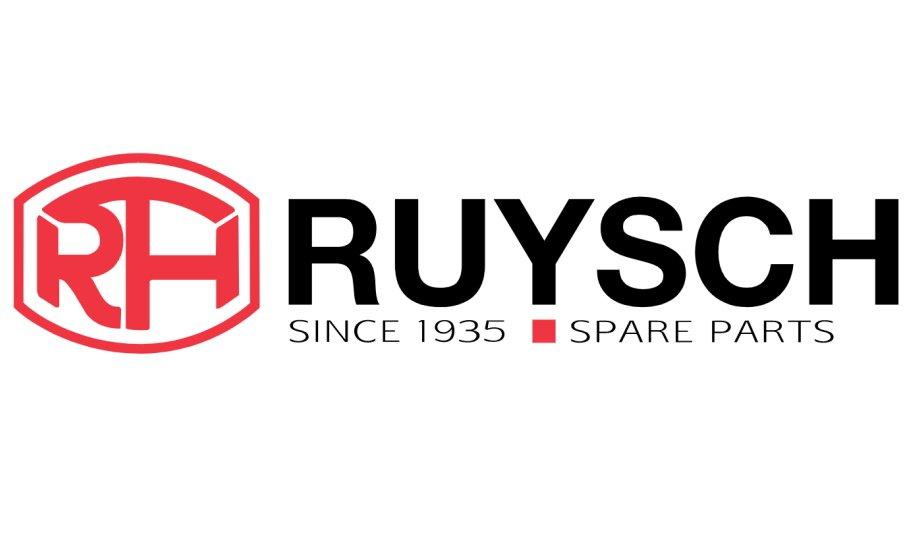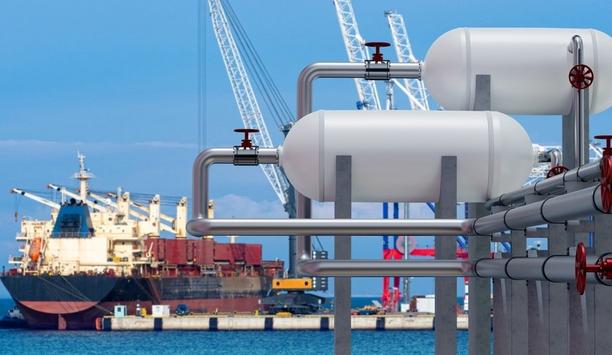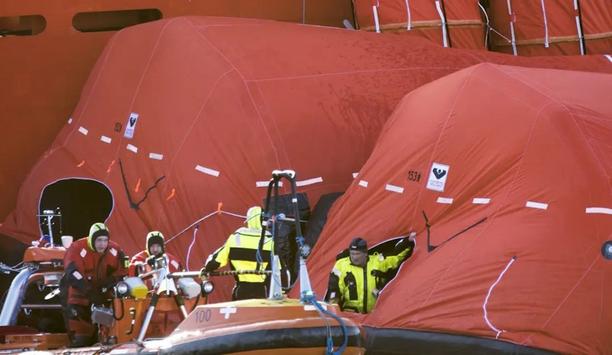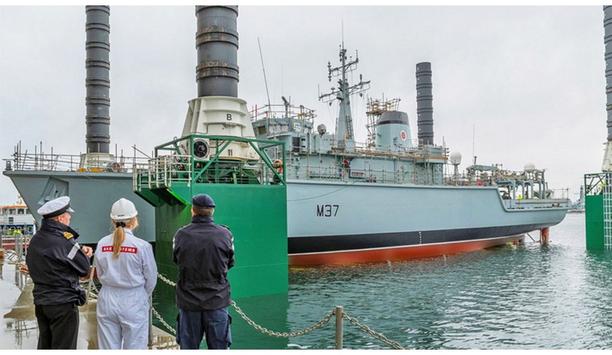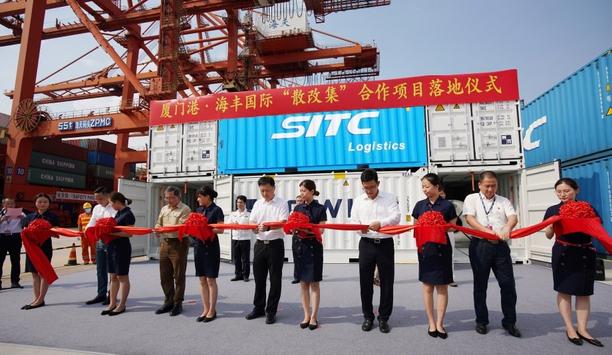Is 3D printing just a hype? Or can ship parts, which meet the high demands of the shipping industry, actually be printed?
These questions will be answered during the pilot project, ‘3D Printing of Marine Spare Parts’, which is being executed by a consortium of 27 port-related companies, including Ruysch International.
‘3D Printing of Marine Spare Parts’
The pilot project – ‘3D Printing of Marine Spare Parts’ has officially started with the investigation into the possibilities of 3D printing of metal parts for the marine sector.
Ruysch International and 26 other organisations have contributed both financially, as well as with expertise to this project. The project is a real learning experience on - What can be printed in 3D? What are the advantages of 3D printing?, and Is it economically profitable?
3D Printing in Practice
The partners build a database indicating which parts can be printed now, soon or in the future
The project not only provides a number of printed parts. But components are also tested and one determines whether or not the parts meet the requirements, which are imposed in the maritime sector.
In addition, the partners build a database indicating which parts can be printed now, soon or in the future. This database provides a guide to the maritime companies, when selecting materials, manufacturing and finishing aspects. It also provides Ruysch International and other participants, the opportunity to use the practical benefits and opportunities of this new technology in practice.
Progress and results of the pilot project
The actual 3D printing of the components takes place in July and August. The components will be tested in September and the reporting follows afterwards.
The progress of the project will be presented at the Rotterdam World Port Days. The results will be presented during the 3D printing conference.
